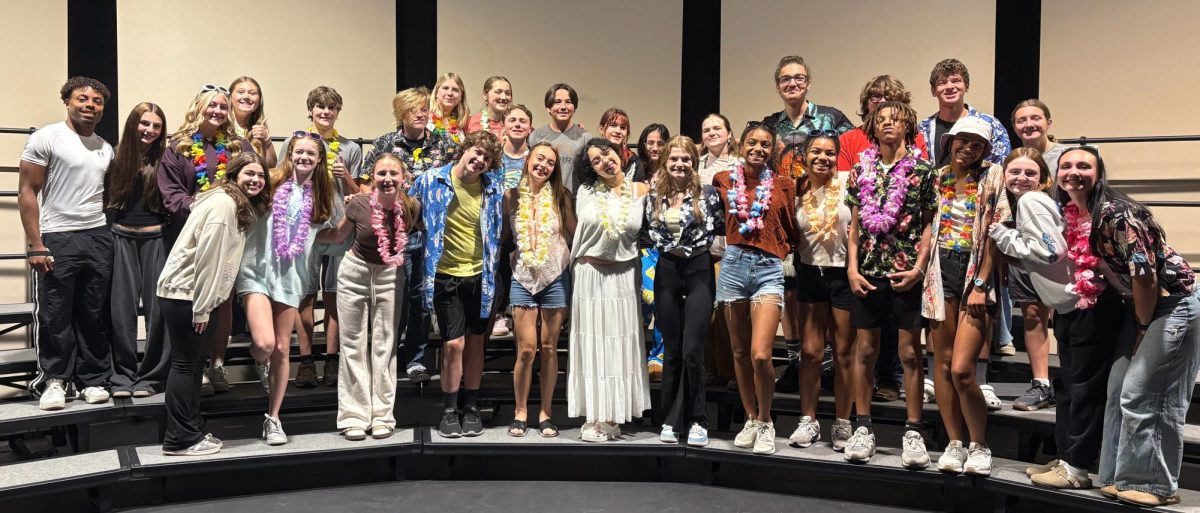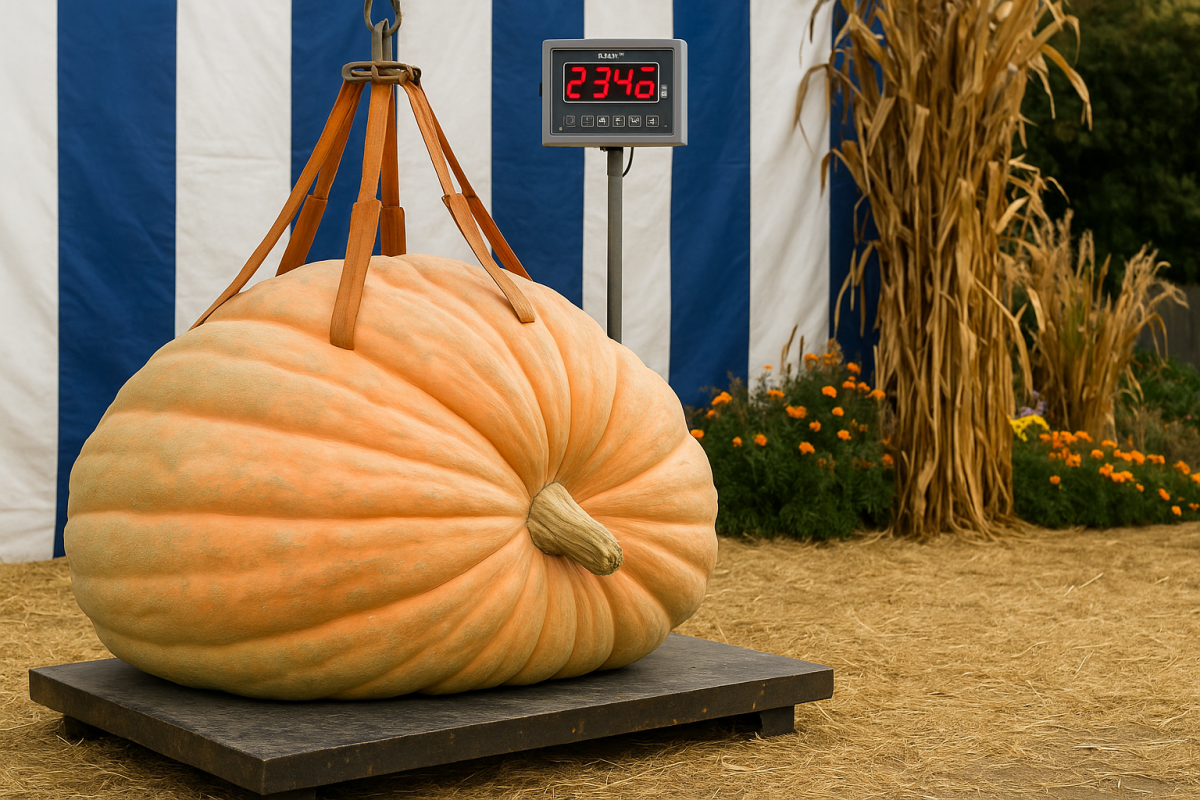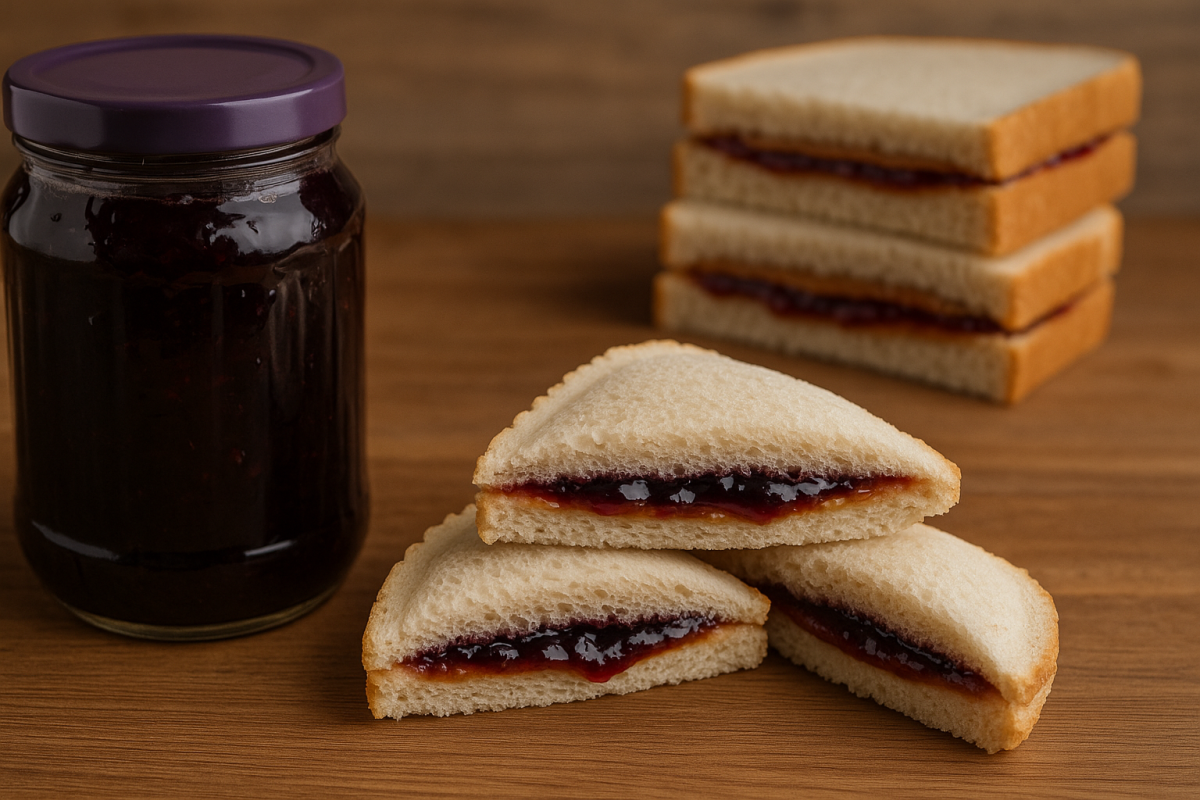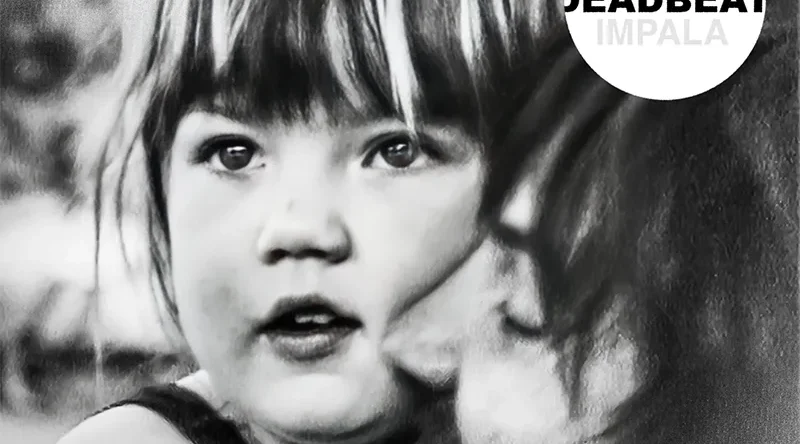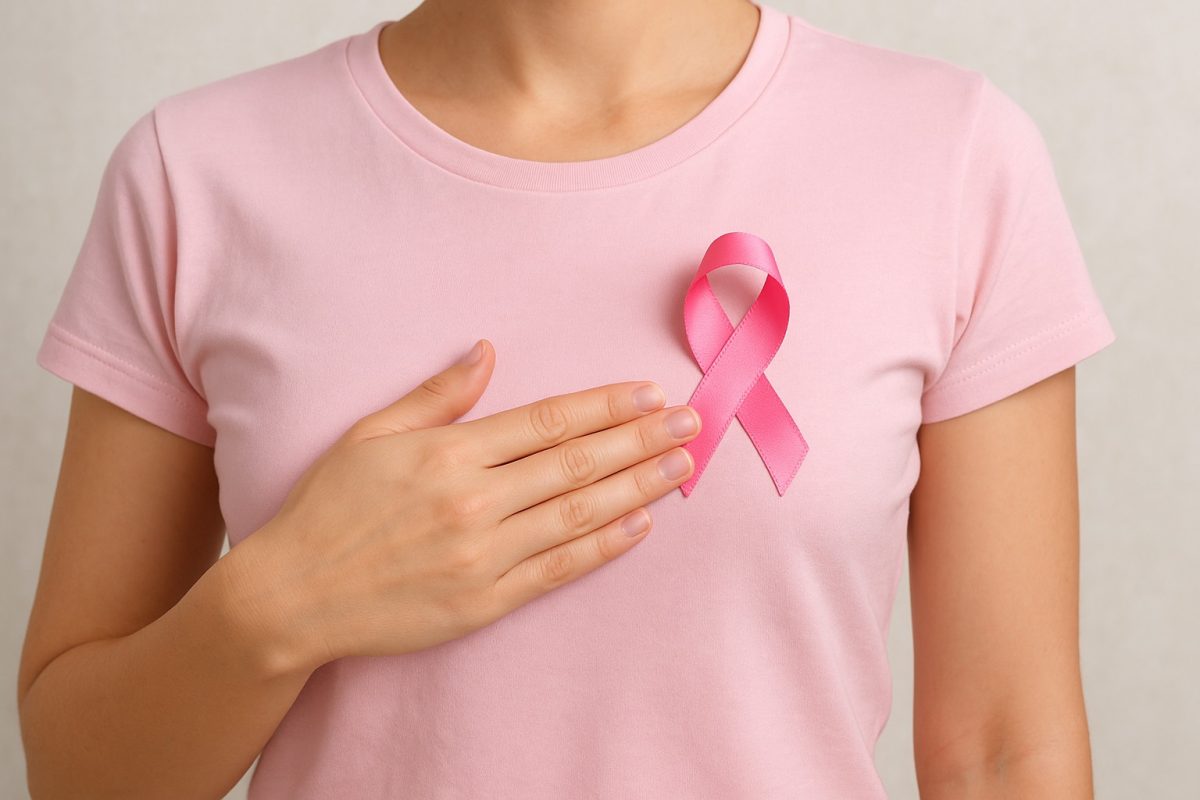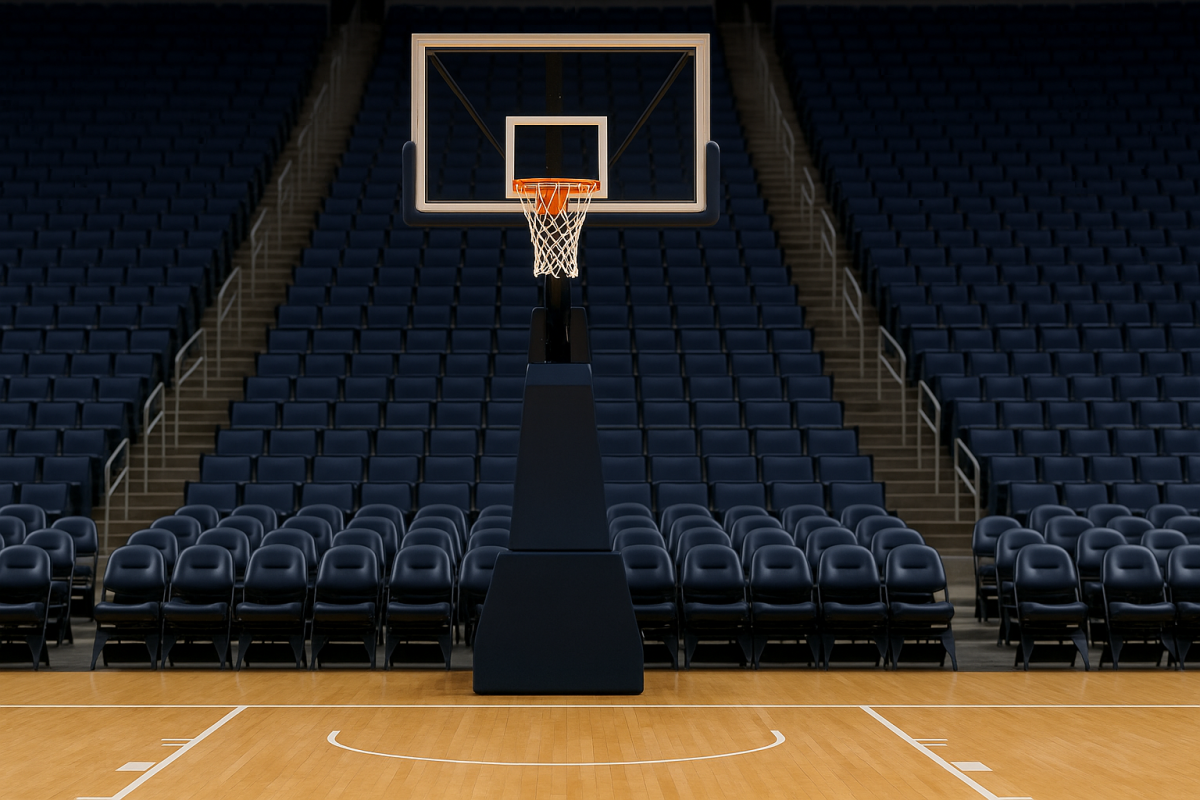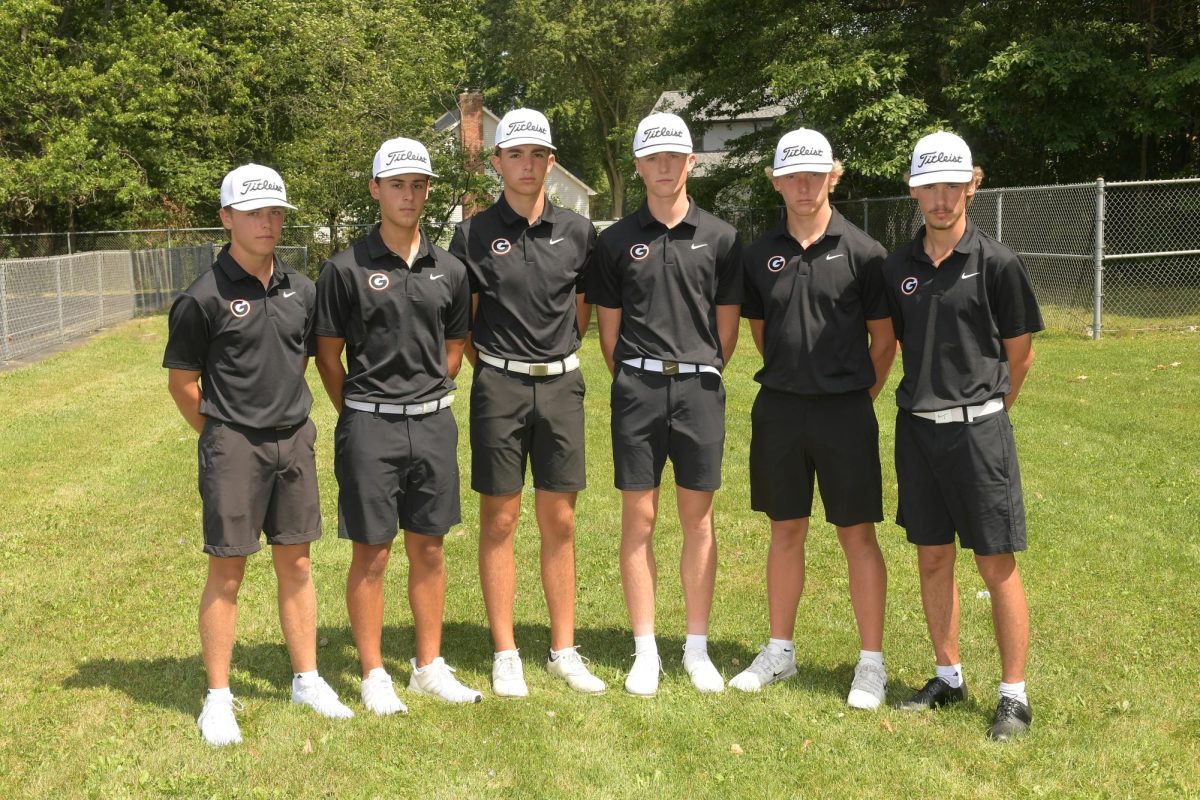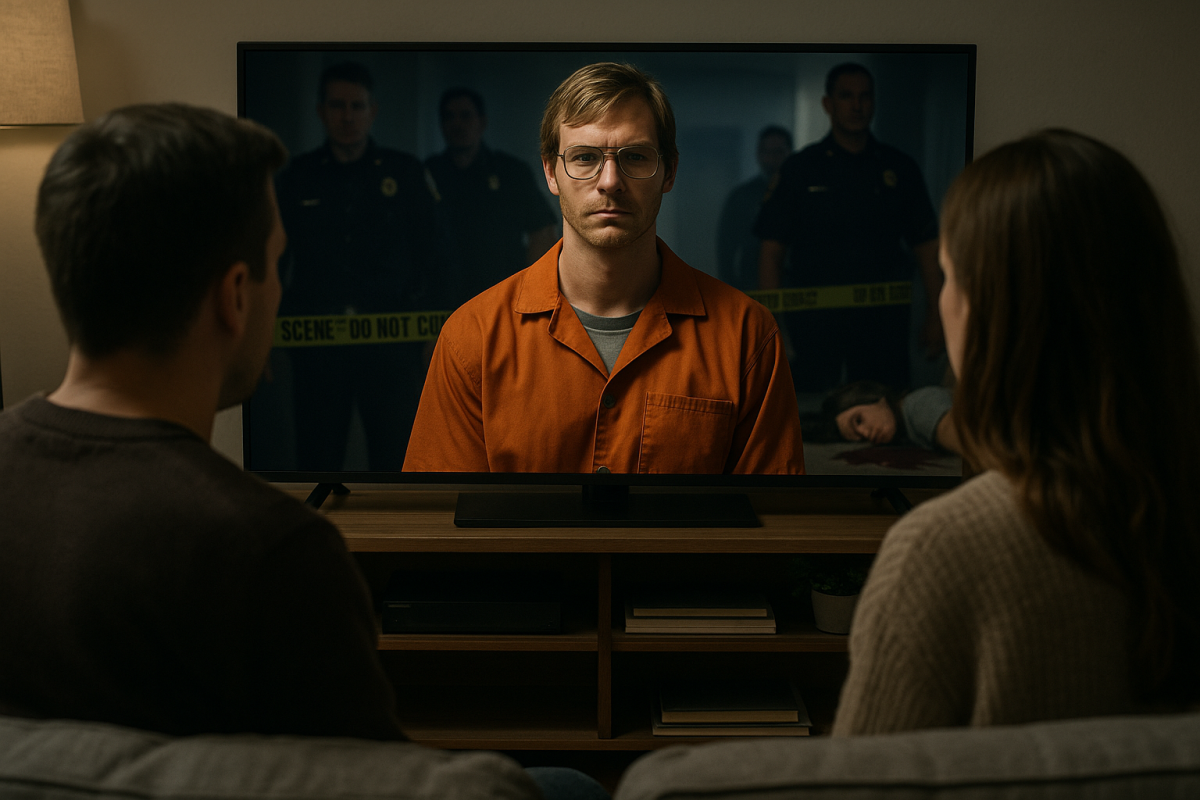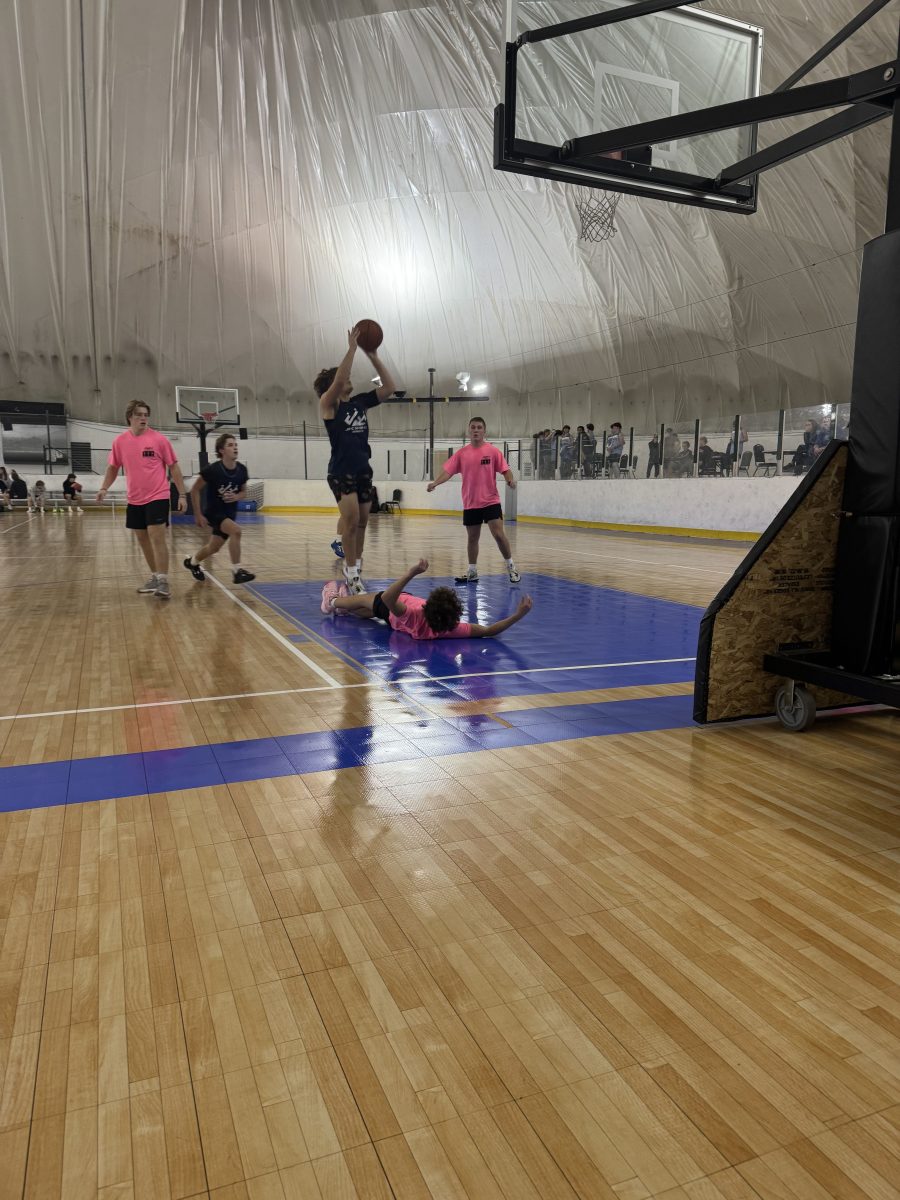The gym is loud: parents and students cheer from the stands, shoes squeak against the vinyl wood floors, and refs occasionally let out shrill whistles to mark fouls. It could be any high school basketball game in the country, if not for the fact that no one here is playing for their school. This is J Friends, short for “Jackson Friends Basketball,” a moniker derived from the church that sponsors and organizes play. It’s a local league that has been growing in popularity as traditional, school-sanctioned basketball declines.
And make no mistake, school teams are declining. Usually, when a program is successful, like Green is, the registrations reflect that. From youth to high school tryouts, it is typical for “good” basketball schools to see an increase in numbers across the board. Instead, Green Women’s Basketball has barely enough girls to form two teams; the formally competitive tryout process ending in zero cuts due to the lack of participation. Likewise, the boys have seen an overall decline within their registration rates, as well as plenty of kids jumping ship to join specialized teams or local leagues.
“Local leagues” tend to mean J Friends, at least around the Uniontown area. Since it’s not OHSAA regulated, the basketball looks a little different. There are no practices, just games. People form their own teams, then enter the appropriate age divisions (there’s even a co-ed division, though the league notably lacks an all women’s program). Jerseys are provided by the church, but most teams forgo them for personalized uniforms and, in some cases, elaborate eye black. The atmosphere during games is relaxed, feeling more “pickup” style if anything. Overall, it’s a thriving community of athletes, one that’s grown in recent years.
Grant Price, class of ‘24, is a former basketball player for Green, but he has found a new athletic home with his J Friends team, The Ring of Fire.
“I didn’t enjoy [traditional basketball] as much anymore. I would rather be more laid back,” Price said, “J friends is way less stressful and more fun because I’m being coached and playing with my best friends who I grew up with.”
It’s true, the only coaching rule is that an adult must be on the bench, allowing for a team of seniors to be entirely self run. But even non-seniors feel the sense of control and friendship that J Friends offers- a sharp contrast to school ball.
“Personally, I would never have joined [J Friends] if I couldn’t have picked the team. I like playing with my friends,” Jackson Green, junior and member of J Friends team Green Legends, said.
It makes sense that the actual players would want to join a league that allows them to pick their teams rather than try out, but it still doesn’t explain the mass appeal of J Friends. Afterall, there are plenty of leagues with custom teams, like CYO (Christian Youth Organization), but they don’t draw the same number of fans. At J Friends, it’s not uncommon to see student sections, even on Friday nights when the league has to compete with school sanctioned basketball.
“At J Friends, the games are more fun because they’re more relaxed but still give off a competitive vibe of watching a specific team. I also feel like the times [of games] changing every week make it more flexible with my schedule- plus the games themselves are shorter,” Lily Howdyshell, ‘24, said.
Of course, even though J Friends’ rise in popularity coincides with a decline in school basketball, traditional sports aren’t going anywhere. Both of Green’s teams have winning records, and community members fill the gym almost twice a week to show their support. In fact, while the quantity of J Friend players has gone up, the quality of high school basketball has also increased- making the games tougher.
“I believe school basketball is harder than J Friends. J Friends is very competitive but not as competitive as a real high school game where many of the players devote all of their time to practice every aspect of their game,” Jarrett Taylor, basketball player and class of ‘24, said.
As for the fans, it’s obvious that while J Friends is the most popular “outside” league, nothing compares to a real high school game.
“I feel that school basketball games are more fun for us players because of the fans that come and the student section. All of us on the team love the student section. Another reason I feel the games are more fun is because it is more competitive and I feel that we are playing for something bigger,” Taylor adds. A student section at J Friends may be ten people max, while a real basketball game easily pulls upwards of 60 students.
Ultimately, J Friends provides an alternative to “regular” basketball. Athletes can stay active without the pressure and time commitment of the high school sport, and fans can partake in the low stakes but high energy atmosphere that characterizes the league. While it can’t hold a candle competition wise to the high school teams, it’s a cheap activity to watch on a Friday night, and continues to grow in popularity within Green.

